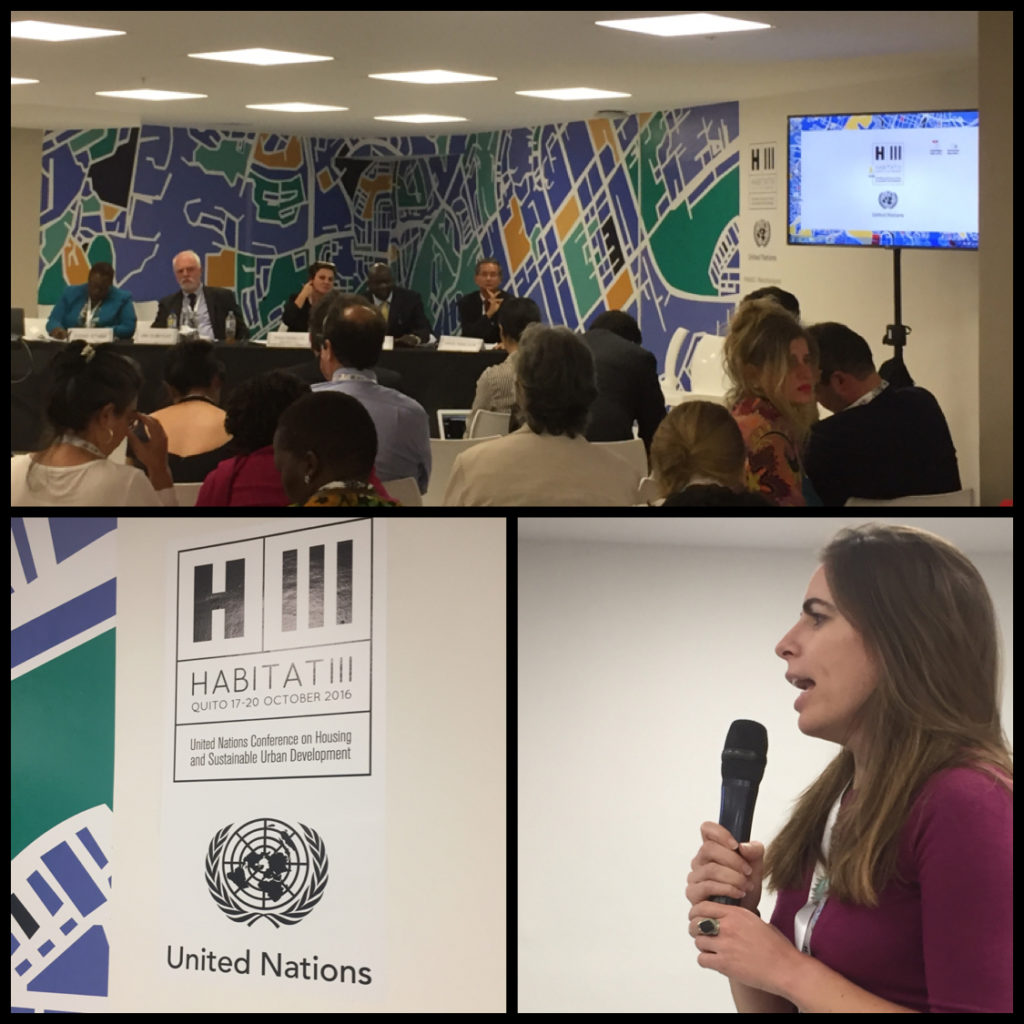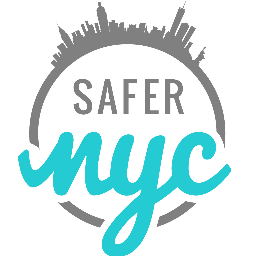Street harassment is a big problem in our country, especially for young women and girls. According to our nationally representative surveys, 71% of women have faced sexual harassment in public spaces, and most harassed women say their first incident of sexual harassment took place when they were a teenager or younger.
Twitter user @heterochromance asked women about their first street harassment experience a few days ago, and quickly her thread drew more than 6,000 comments. She specifically asked women about adult men catcalling them in light of multimillionaire financier Jeffrey Epstein being arrested on sex trafficking charges. His victims were as young as 14 years old.
Men like Epstein and singer R. Kelly, who was recently arrested for various charges of abusing women and girls, are not an anomaly for preying on girls. They may just be an anomaly for the extent to which they did so – and for how long they got away with it.
In the nearly 13 years that I have been researching, writing and speaking out about street harassment, I have noticed that this is a common theme when women recall their early experiences with street harassment. The perpetrators were not usually boys their own age, but instead, men. A few weeks ago, I created an online survey to investigate this. Here are the results, with a few points highlighted below.
Around 250 people took the online survey, and 94% identified as female. When asked about their age at the time of their first experience of street harassment, they were quite young. Almost 70% said they were 13 years old or younger. Another 24% percent said they were 14 to 16 years old.
When asked about the age of their harassers (nearly all of whom were identified as male), the age difference was alarming; 55% said the men were in their 30s or older. Specifically:
- 8% said the men were in their 50s
- 20% said the men were in their 40s
- 27% said the men were in their 30s
- 22% said the men were in their 20s
- 12% said the boys were in their teens, but older than them
- 7% said the boys were their same age
The remaining 4% of respondents said the harassers were either younger than them or older than 50s. Again, most girls were elementary or middle school age and nearly all of them were high school age or younger at the time.
Around 80% of respondents said this first incident of street harassment caused them to feel less safe in the world afterward, and 54% said it caused them to change their life in some way.
This is truly horrible and should be unacceptable in our society. We must end our culture of male privilege that allows adult men to prey on girls, often with impunity!!
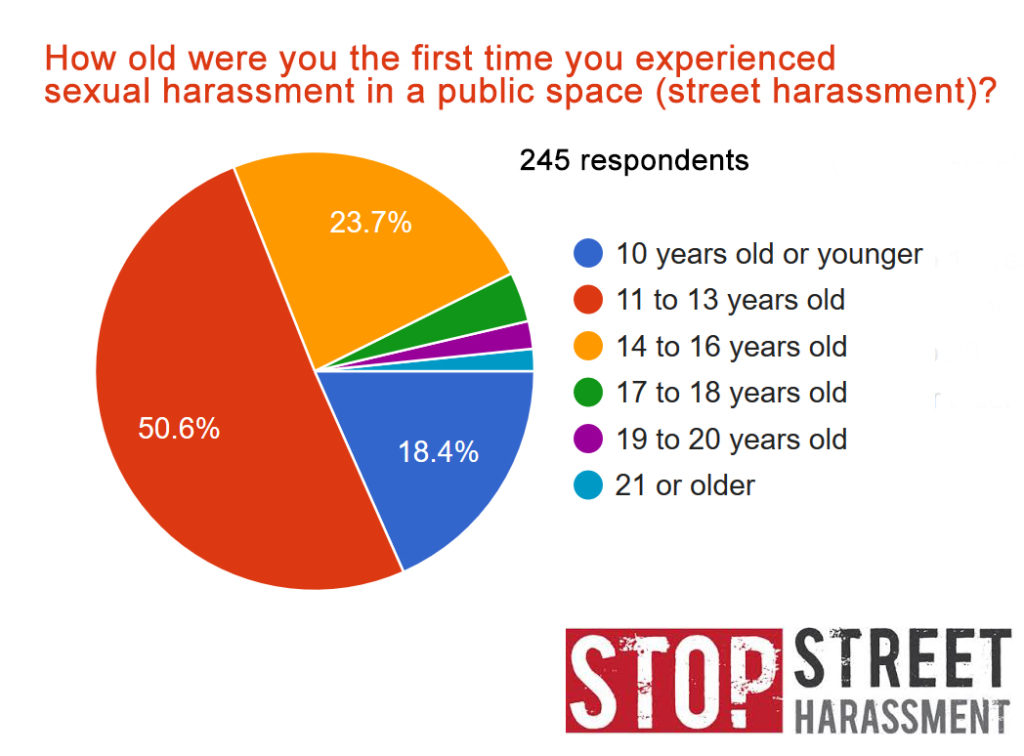
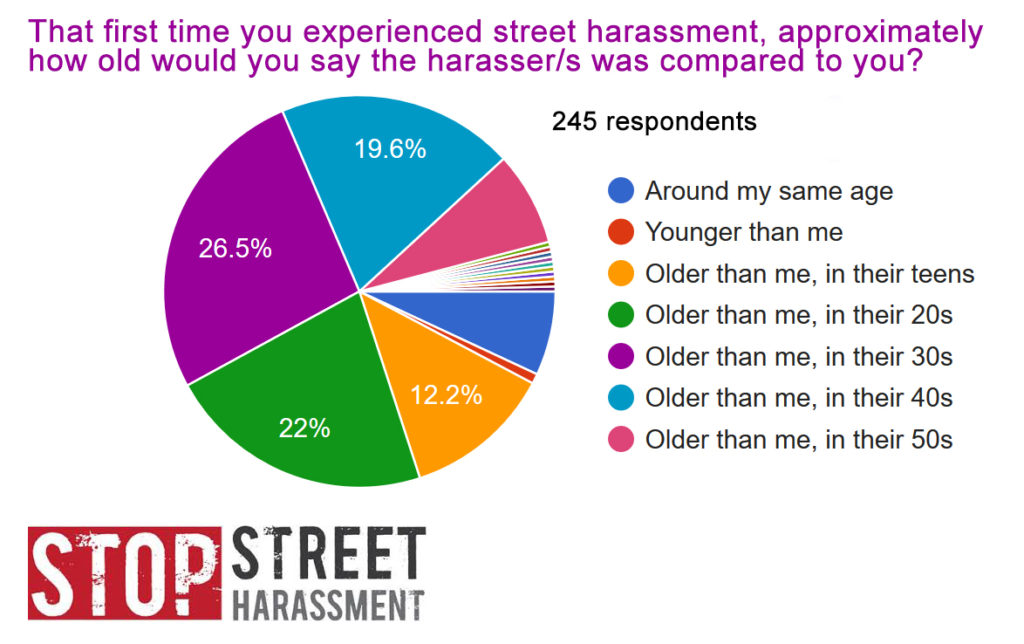

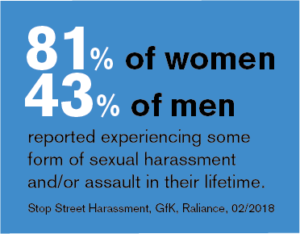
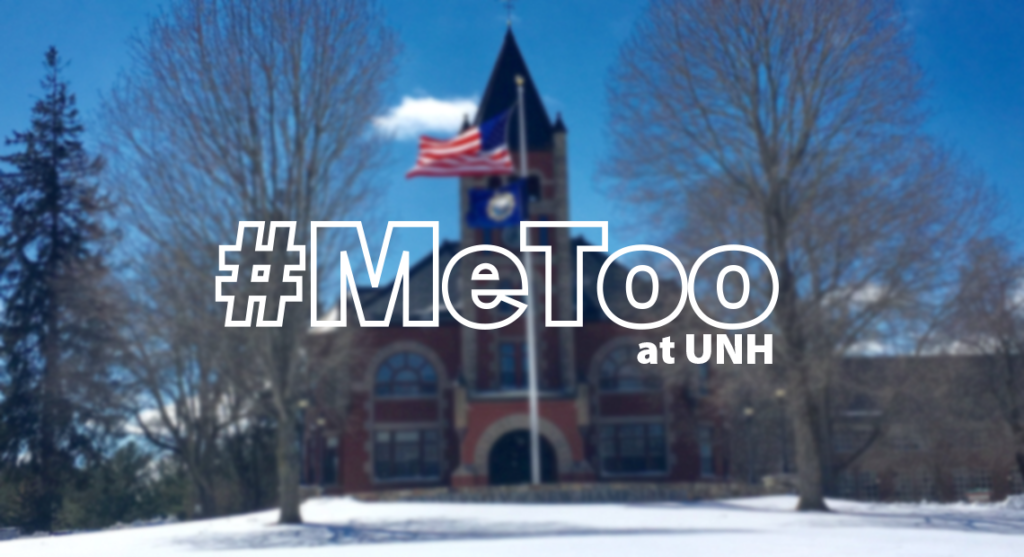 Working with one of our
Working with one of our 